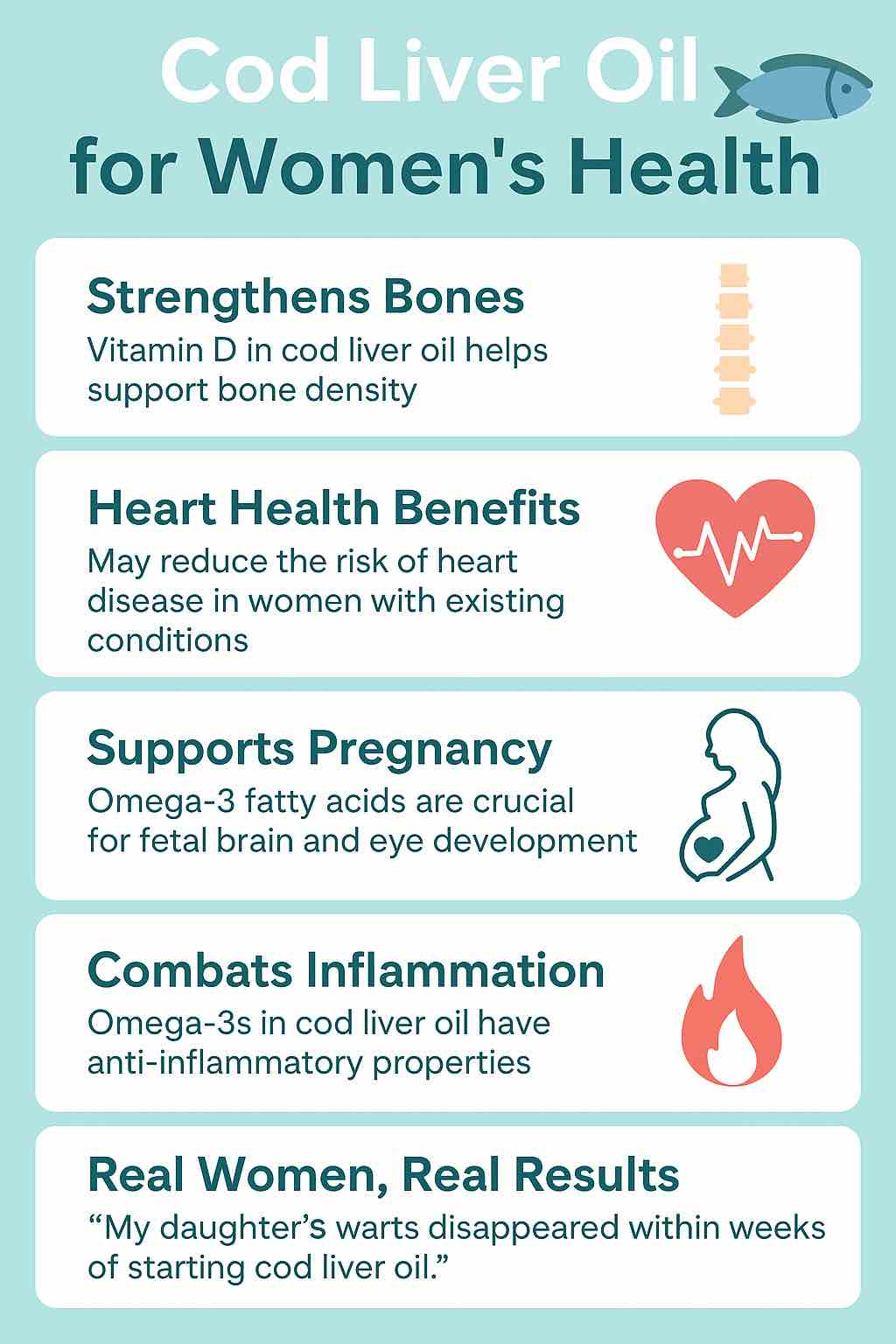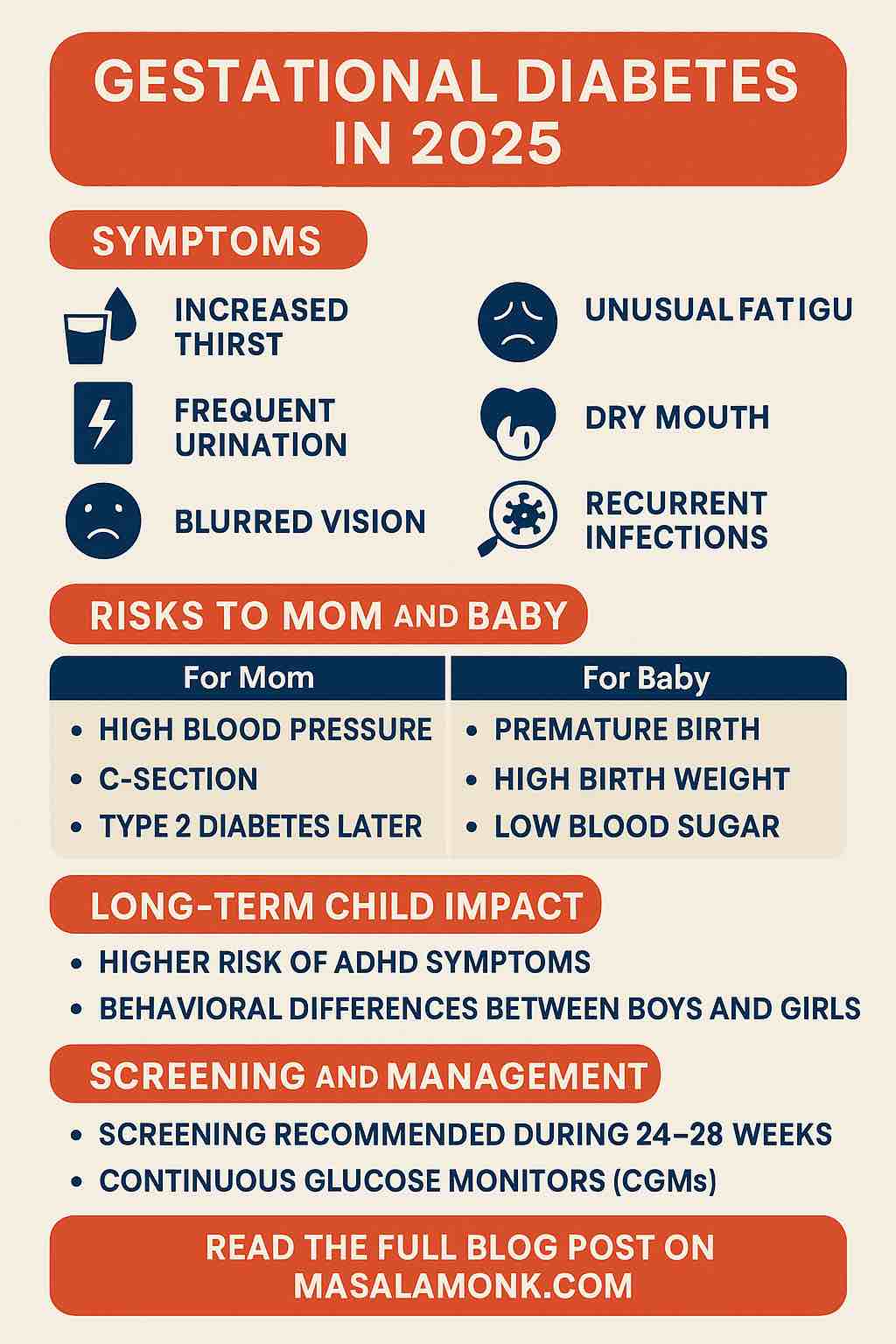
As you embark on the beautiful and transformative journey of pregnancy, your body becomes a miraculous vessel of life, nurturing and protecting your growing baby. Amidst this journey of love and anticipation, it is essential to pay attention to an often-overlooked hero: your pelvic floor. This group of muscles, nestled at the base of your pelvis, plays a pivotal role not only in your pregnancy but also in your overall well-being.
Pregnancy, a time of joy and wonder, is also a period of immense physical change. Your body adapts in remarkable ways to accommodate and nurture your developing baby. However, these changes can place a significant strain on your pelvic floor muscles. They stretch and bear the increasing weight of your little one, sometimes leading to discomforts many women consider just a part of pregnancy. This is where prenatal pelvic floor physical therapy shines as a beacon of relief and empowerment.
Engaging in prenatal pelvic floor physical therapy is not just about addressing discomfort; it’s about proactively strengthening and preparing your body for the journey of childbirth and beyond. This specialized form of therapy focuses on the muscles, ligaments, and connective tissues that support your uterus, bladder, and bowels. Strengthening these muscles can not only alleviate common pregnancy-related symptoms like low back pain or urinary incontinence but also pave the way for a smoother labor and recovery.
But what exactly does this therapy entail? Imagine a tailored program that evolves with your pregnancy, comprising gentle, effective exercises designed to fortify and relax your pelvic floor. It’s a unique blend of strength and serenity, echoing the very essence of motherhood.
In your first prenatal physical therapy appointment, expect a compassionate space where your medical history, current pregnancy status, and personal goals are discussed in depth. Your therapist will likely assess your pelvic floor muscles, guiding you through movements or exercises that highlight your body’s current state and its potential for growth and healing.
As you progress through your pregnancy, these sessions will adapt, focusing on not just strengthening but also relaxing your pelvic floor muscles, a critical skill for childbirth. It’s about nurturing a balance, ensuring your pelvic floor is robust yet supple, ready to support you and your baby.
However, it’s crucial to remember that prenatal pelvic floor physical therapy isn’t a one-size-fits-all solution. It’s a journey as unique as your pregnancy, requiring a personalized approach. This therapy is most effective when aligned with your individual needs, health conditions, and pregnancy journey.
In the following sections, we’ll dive deeper into the nuances of prenatal pelvic floor physical therapy. We’ll explore how it addresses specific pregnancy-related symptoms, what exercises you might expect, and how to find the right therapist for you. Together, we’ll unravel the mysteries of the pelvic floor, transforming it from an overlooked muscle group to a celebrated cornerstone of your pregnancy journey.
Join us as we navigate this path of strength, wellness, and preparation, ensuring that your journey to motherhood is as comfortable and empowering as it can be.
The Pelvic Floor: A Foundation of Strength During Pregnancy
The pelvic floor, a term that may not be familiar to many, is akin to a hidden gem within our bodies, especially for expectant mothers. It comprises layers of muscles and tissues, stretching like a supportive hammock from the pubic bone to the tailbone. Understanding its role and the impact of pregnancy on these crucial muscles is the first step in appreciating the importance of prenatal pelvic floor physical therapy.
Understanding the Pelvic Floor in Pregnancy
- Anatomy and Function: The pelvic floor muscles support vital organs, including the uterus, bladder, and rectum. These muscles are key to maintaining continence, supporting the growing weight of the baby, and aiding in childbirth.
- Pregnancy Impact: During pregnancy, your body undergoes remarkable changes. The pelvic floor muscles stretch and bear the increasing weight of the growing baby. Hormonal changes increase the laxity of these muscles and connective tissues. These adaptations, while necessary, can strain the pelvic floor, leading to discomfort and other health issues.
Common Pregnancy-Related Symptoms Addressed
- Physical Discomforts: Many women experience low back pain, sciatica, pubic symphysis pain, or sacroiliac joint pain during pregnancy, often stemming from or exacerbated by pelvic floor issues.
- Urinary and Bowel Concerns: Issues like incontinence, urgency, and constipation are common and can be significantly improved with targeted pelvic floor therapy.
- Pelvic Pain and Instability: Changes in the pelvic area can lead to a sense of heaviness, pressure, or pain, impacting daily activities and overall quality of life during pregnancy.
The First Step: Your Initial Therapy Session
Embarking on pelvic floor physical therapy begins with a comprehensive assessment. In your first session:
- Personal Medical History: A thorough review of your medical history, including past pregnancies and deliveries, is crucial.
- Current Pregnancy Assessment: Discuss any current symptoms, concerns, and your overall physical health during your pregnancy.
- Physical Evaluation: Expect a gentle but thorough examination of your pelvic floor muscles. This may include an internal examination, but always with your consent and comfort in mind.
- Customized Treatment Plan: Based on your assessment, your therapist will design a personalized plan, which may include exercises, lifestyle modifications, and other therapeutic techniques.
Pelvic Floor Exercises: A Core Element of Therapy
- Strengthening Exercises: Kegels are a well-known exercise, but they are just one part of a broader regimen aimed at strengthening the pelvic floor. These exercises help in supporting the uterus and bladder, reducing the risk of incontinence and prolapse.
- Relaxation Techniques: Equally important is learning to relax the pelvic floor muscles, a skill crucial for childbirth. Techniques may involve visualization exercises and controlled breathing, fostering a balance between strength and flexibility in the pelvic floor.
- Integration into Daily Life: Your therapist will guide you on incorporating these exercises into your routine, ensuring they become a natural part of your daily life.
When to Seek and When to Avoid Therapy
- Seeking Therapy Early: Addressing pelvic floor concerns early in pregnancy can lead to better outcomes and a more comfortable experience both during and after pregnancy.
- Contraindications: In certain conditions, such as with an incompetent cervix or placenta previa, physical therapy may not be advisable. Always consult with your healthcare provider to determine the best course of action.
Understanding the pelvic floor’s role and the changes it undergoes during pregnancy illuminates the importance of prenatal pelvic floor physical therapy. This therapy is not just about alleviating discomfort; it’s about enhancing your overall well-being during one of the most transformative periods of your life. In the next section, we’ll delve deeper into the specific benefits and processes involved in prenatal pelvic floor therapy, guiding you towards a more informed and empowered pregnancy journey.
Deep Dive into Pelvic Floor Therapy: Strengthening, Relaxation, and Beyond
Prenatal pelvic floor physical therapy goes beyond basic exercises; it encompasses a holistic approach tailored to the unique needs of each expectant mother. This section delves into the multifaceted aspects of therapy, highlighting how it can positively impact pregnancy, labor, and postpartum recovery.
Advanced Techniques in Pelvic Floor Therapy
- Personalized Exercise Programs: Based on the initial assessment, your therapist will craft a personalized set of exercises. These may include not only pelvic floor strengthening routines but also exercises aimed at the core, glutes, and back, providing comprehensive support for your changing body.
- Specialized Techniques for Labor Preparation: Therapy can include strategies for labor, such as pushing techniques, optimal birthing positions, and breathing exercises. These techniques are designed to prepare your pelvic floor for the rigors of childbirth, aiming for a smoother delivery process.
- Integration of Clinical Pilates: Some therapists may incorporate Clinical Pilates into your regimen. This form of Pilates is adapted to be safe and beneficial during pregnancy, focusing on enhancing core strength, stability, and pelvic floor resilience.
Addressing Specific Pregnancy-Related Concerns
- Sciatica and Back Pain: Therapy often targets sciatica and back pain, common issues during pregnancy. By strengthening and stabilizing the pelvic and lumbar regions, many women find significant relief from these discomforts.
- Urinary Incontinence and Bowel Issues: Through targeted exercises, therapy can help manage or even prevent incontinence and bowel irregularities, common during pregnancy and postpartum.
- Pelvic Girdle Pain: Techniques to alleviate pelvic girdle pain, such as manual therapy and specific exercises, are often key components of prenatal physical therapy.
Incorporating Mind-Body Techniques
- Mindfulness and Breathing Exercises: These techniques are crucial for the relaxation of the pelvic floor muscles. Learning to control and release these muscles through mindful practices can be invaluable during childbirth.
- Visualization and Relaxation: Visualization strategies, such as imagining the pelvic floor muscles as a blooming flower, can aid in relaxation and stretching, crucial for preparing the body for labor.
Education and Lifestyle Advice
- Daily Activities and Posture: Your therapist will provide guidance on daily activities and posture adjustments to support your pelvic health. This includes advice on how to stand, sit, and move in ways that reduce strain on the pelvic floor.
- Nutrition and Hydration: Advice on nutrition and hydration can also play a role, as proper diet and hydration are essential for maintaining healthy bowel habits and overall pelvic health.
Postpartum Recovery and Beyond
- Postpartum Rehabilitation: After childbirth, pelvic floor therapy helps in the rehabilitation of the pelvic floor muscles. This can be crucial in addressing issues such as postpartum incontinence or discomfort during intercourse.
- Long-Term Pelvic Health: The goal of therapy extends beyond pregnancy and childbirth, aiming to foster long-term pelvic health and well-being.
Collaborative Care Approach
- Working with Healthcare Providers: Your therapist will often collaborate with your other healthcare providers, ensuring a cohesive approach to your prenatal care. This collaboration is essential for addressing any complications or specific medical needs you may have.
Prenatal pelvic floor physical therapy is a journey of empowerment, providing the tools and knowledge for expectant mothers to navigate pregnancy and childbirth with confidence and comfort. It’s a testament to the resilience and adaptability of the female body and the importance of targeted, compassionate care during one of life’s most pivotal chapters. In the next section, we’ll explore how to find the right therapist and the importance of creating a supportive, understanding environment for your therapy journey.
Finding the Right Therapist: Navigating the World of Prenatal Pelvic Floor Therapy
Choosing the right prenatal pelvic floor physical therapist is a critical step in your journey toward a healthier pregnancy and recovery. This section will guide you through the process of finding a therapist who not only meets your needs but also provides a supportive and understanding environment.
The Search for a Specialist
- Referrals and Recommendations: Start by asking your OB/GYN, midwife, or primary care physician for referrals. Personal recommendations from friends or family members who have undergone similar therapy can also be invaluable.
- Research Online: Utilize online directories and professional networks specializing in pelvic floor physical therapy. Websites of professional organizations often have search tools to locate certified therapists in your area.
- Check Credentials and Experience: Ensure that the therapists you consider have the necessary qualifications and specialize in prenatal care. Look for therapists with additional certifications or training in pelvic health.
What to Look for in a Therapist
- Specialization in Prenatal Care: A therapist with experience in prenatal pelvic floor therapy will understand the unique challenges and needs of pregnant women.
- Holistic Approach: Look for therapists who take a comprehensive approach, considering all aspects of your health and well-being.
- Communication and Comfort: Choose a therapist with whom you feel comfortable discussing personal health issues. Good communication is key to effective therapy.
Evaluating the Therapy Environment
- Private and Comfortable Setting: The therapy setting should make you feel safe and comfortable, providing privacy for discussions and treatments.
- Patient-Centered Care: Look for practices that prioritize patient comfort and individualized care, where your concerns and goals are heard and addressed.
First Consultation: What to Expect
- Detailed Assessment: Your first appointment should involve a thorough evaluation of your pelvic floor function and overall physical health.
- Discussion of Goals and Concerns: Be prepared to discuss your specific goals for therapy, any concerns you have, and what you hope to achieve through therapy.
- Treatment Plan Overview: The therapist should provide a clear overview of the proposed treatment plan, including types of exercises, frequency of sessions, and expected outcomes.
Questions to Ask Your Potential Therapist
- Inquire About Their Experience: Ask about their experience with pregnancy-related pelvic floor issues and their success in treating such conditions.
- Treatment Techniques: Understand the types of exercises and techniques they use and why they believe these are effective for your situation.
- Follow-Up and Support: Ask about their policy on follow-up sessions, support outside of appointments, and how they track progress.
Cost and Insurance Considerations
- Insurance Coverage: Verify whether the therapy services are covered by your insurance and what the out-of-pocket costs might be.
- Payment Plans and Options: Some therapists may offer payment plans or sliding scale fees based on your financial situation.
Making the Decision
- Trust Your Instincts: After meeting with a therapist, trust your gut feeling. The right therapist should make you feel heard, understood, and comfortable.
- Second Opinions: Don’t hesitate to seek a second opinion if you’re unsure about the first therapist you meet.
Finding the right prenatal pelvic floor physical therapist is a personal journey. It’s about finding someone who can provide not just physical support but also emotional and educational guidance throughout your pregnancy. In the next section, we’ll explore personal stories and testimonials, providing real-life insights into the benefits and experiences of prenatal pelvic floor physical therapy.
Conclusion: Embracing Prenatal Pelvic Floor Physical Therapy for a Healthier Pregnancy Journey
As we conclude our in-depth exploration of prenatal pelvic floor physical therapy, it’s clear that this specialized care plays a critical role in supporting expectant mothers through their pregnancy and postpartum journey. This therapy is not just about mitigating discomfort; it’s about empowering women with the knowledge and tools to enhance their overall well-being during one of the most transformative periods of their lives.
Key Takeaways from Our Journey
- Understanding and Strengthening the Pelvic Floor: Recognizing the importance of the pelvic floor muscles in pregnancy and learning how to strengthen and relax them can significantly improve the pregnancy experience and recovery post-birth.
- Personalized Care for Every Woman: Pelvic floor therapy offers a customized approach, acknowledging that every pregnancy is unique. The right therapist can tailor a program specifically to your body’s needs and your pregnancy journey.
- Beyond Physical Benefits: This therapy provides more than just physical relief; it offers education, emotional support, and empowerment, enabling women to approach childbirth with confidence and awareness.
Final Thoughts for Expectant Mothers
- Proactive Approach to Pelvic Health: Consider pelvic floor therapy as a proactive measure for maintaining your health during pregnancy, not just a reactive solution to problems.
- Seeking Professional Guidance: Always consult with your healthcare provider before beginning any new treatment. Their guidance, coupled with the expertise of a qualified pelvic floor therapist, ensures a safe and effective approach to your care.
- Empowerment Through Education: Use the insights and knowledge gained through therapy to take control of your pelvic health, both during and after pregnancy. This empowerment can have lasting effects on your overall well-being.
The Importance of Community and Support
- Shared Experiences and Support: Embrace the community and support that come with engaging in pelvic floor therapy. Sharing experiences and advice with others on the same journey can be incredibly valuable.
- Encouragement for Future Mothers: For those contemplating pregnancy or already on their journey, the insights and experiences shared here serve as an encouraging guide, highlighting the positive impact and profound benefits of prenatal pelvic floor physical therapy.
Prenatal pelvic floor physical therapy is more than just a series of exercises; it’s a holistic approach to enhancing the health and happiness of expectant mothers. By embracing this therapy, you’re taking an important step toward a more comfortable pregnancy, a potentially smoother childbirth experience, and a quicker postpartum recovery. Remember, your journey to motherhood is uniquely yours, and caring for your pelvic health is a vital part of that journey.
As you move forward, carry with you the knowledge, strength, and confidence gained through your exploration of prenatal pelvic floor therapy. Let it guide you to a healthier, more empowered pregnancy and beyond.
10 FAQs About Prenatal Pelvic Floor Physical Therapy
- What is prenatal pelvic floor physical therapy? Prenatal pelvic floor physical therapy focuses on strengthening and relaxing the pelvic floor muscles, which support the bladder, uterus, and bowels, to help manage and prevent discomfort and complications during pregnancy and postpartum.
- Why is pelvic floor therapy important during pregnancy? It’s important because it strengthens the pelvic floor to support the growing baby, reduces the risk of incontinence and prolapse, eases childbirth, and aids in quicker postpartum recovery.
- Can pelvic floor therapy help with back pain during pregnancy? Yes, it can help alleviate back pain and other discomforts like sciatica and pelvic pain by strengthening and stabilizing the pelvic and lumbar regions.
- What exercises are involved in this therapy? The therapy typically includes a range of exercises like Kegels, core strengthening, relaxation techniques, and sometimes Clinical Pilates, all tailored to your body’s needs.
- Is pelvic floor therapy safe for all pregnant women? Generally, yes, but it’s crucial to consult with your healthcare provider first, especially if you have certain medical conditions or pregnancy complications.
- When should I start prenatal pelvic floor therapy? Starting early in pregnancy is beneficial, but it’s never too late to begin. Early therapy can prevent or mitigate issues before they become more severe.
- How do I find a qualified prenatal pelvic floor therapist? Look for referrals from your healthcare provider, check online directories for certified therapists, and ensure they specialize in prenatal care.
- What should I expect during my first therapy session? Expect a detailed assessment of your pelvic floor function, discussion of your medical history and pregnancy, and a customized treatment plan.
- Can pelvic floor therapy help with labor and delivery? Yes, it prepares the pelvic floor for childbirth, teaching techniques for effective pushing, and can contribute to a smoother delivery process.
- Are the benefits of pelvic floor therapy long-lasting? The benefits, such as improved pelvic strength and function, can have long-lasting effects on your overall pelvic health well beyond the postpartum period.
Blog Tags for the Post
prenatal care, pelvic floor therapy, pregnancy health, pelvic exercises, postpartum recovery, back pain relief, pregnancy wellness, pelvic floor strengthening, maternal health, childbirth preparation, pelvic pain management, pregnancy exercise, prenatal fitness, pelvic health education, postpartum rehabilitation.














